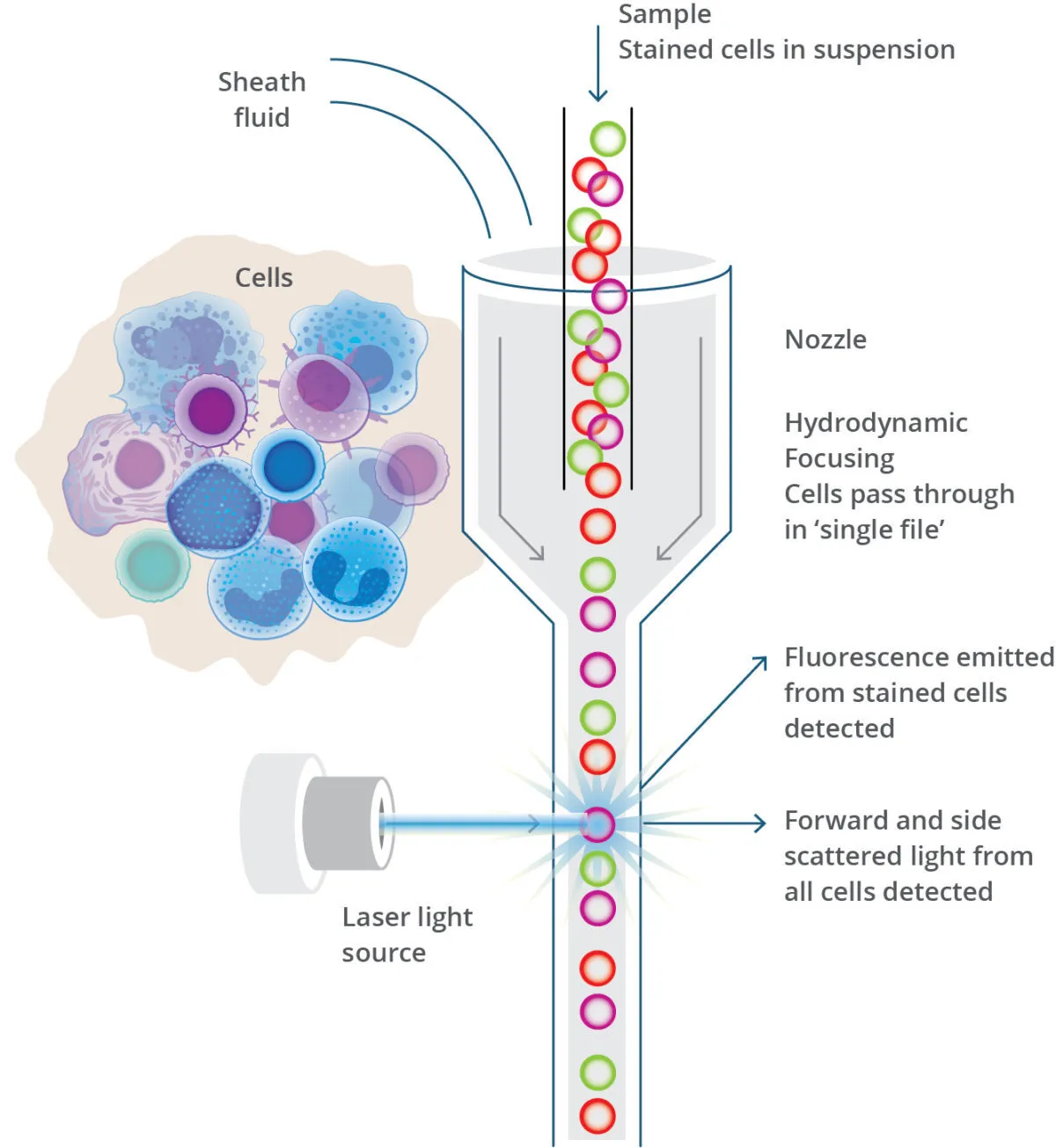Introduction: Epidemic of severe acute respiratory illness due to coronavirus (COVID-19). SARS-CoV-2 poses the greatest threat to civilisation, and an efficient vaccine plan and worldwide immunisation schedule have been introduced. This study examines the differences between vaccinated and unvaccinated individuals and the available applied COVID-19 vaccine in Baghdad, Iraq.
Method: A case-control study on 360 Iraqi volunteers involved 90 healthy controls, 90 receiving Pfizer, 90 AstraZeneca, and 90 receiving Sinopharm vaccines. The study sub-grouped cases based on follow-up after immunisation or infection status into 1 month, 2 months, and 3 months (30 each), assembling samples from vaccinated volunteers.
Results: A significantly elevated WBC count was recorded in the Sinopharm vaccinates (p < 0.05). Lymphocytes were highly activated in the Pfizer then Sinopharm vaccinates after one month, compared to controls. No significant differences were recorded in the monocytes among the vaccinated groups (p > 0.05). The granulocytes were significantly elevated in AstraZeneca vaccinates, followed by Pfizer vaccinates. Flow cytometric expression of CD4 and CD8 also showed significant increases in the vaccinated groups, there were higher CD4 and CD8 expression observed in the Pfizer, Sinopharm, and AstraZeneca vaccinates, respectively.
Conclusion: The evaluated criteria showed massive cellular immune stimulation in the Pfizer vaccinates, followed by Sinopharm, and lastly in AstraZeneca vaccinates, suggesting higher vaccine efficacy represented in Pfizer and Sinopharm vaccinates as compared to AstraZeneca vaccinates.

